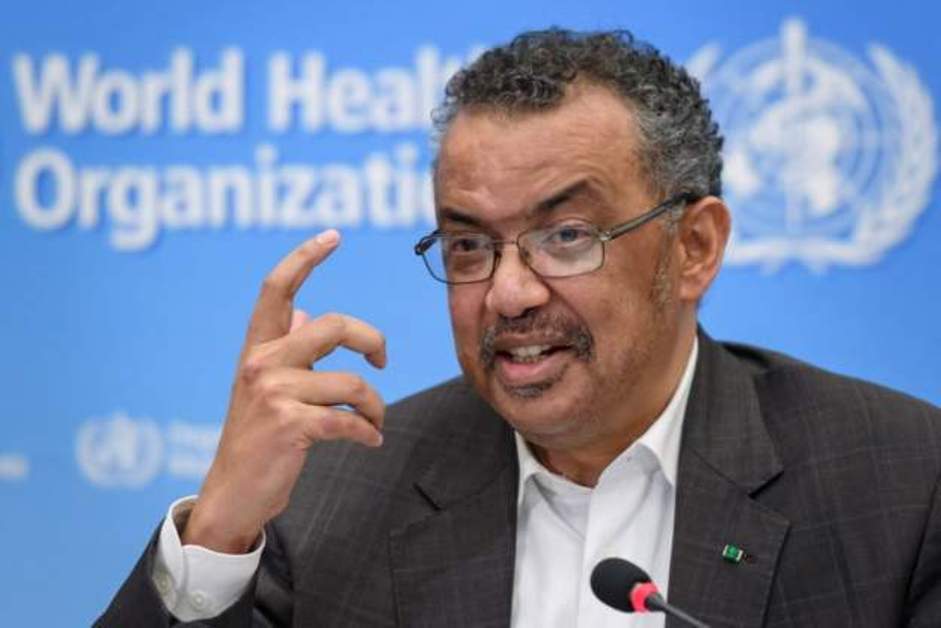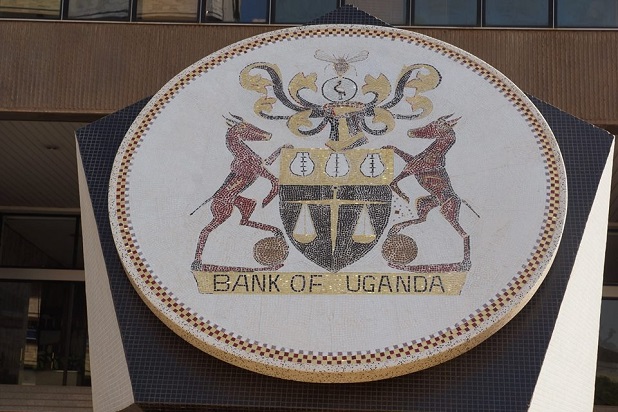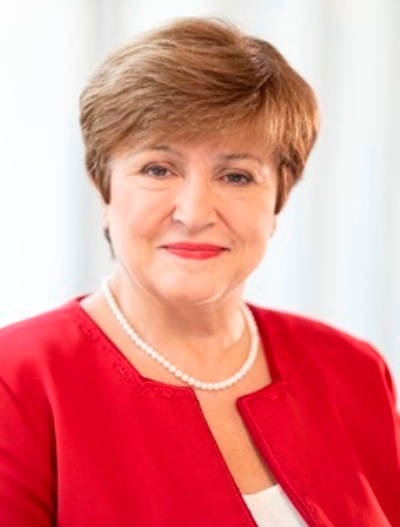WHO Director General, Dr Tedros Adhanom Ghebreyesus
The World Health Organization (WHO) has listed two more versions of the AstraZeneca/Oxford COVID-19 vaccine for emergency use, giving the green light for them to be rolled out globally through the COVAX facility, set up to ensure equitable access to the drug across the world.
The vaccines are produced by AstraZeneca-SKBio in Korea and the Serum Institute of India. WHO’s Emergency Use Listing (EUL) assesses the quality, safety and efficacy of COVID-19 vaccines and is a prerequisite for COVAX Facility vaccine supply. It also allows countries to expedite their own regulatory approval to import and administer COVID-19 vaccines.
“Countries with no access to vaccines to date will finally be able to start vaccinating their health workers and populations at risk, contributing to the COVAX Facility’s goal of equitable vaccine distribution,” said Dr Mariângela Simão, WHO Assistant-Director General for Access to Medicines and Health Products.
The head of the World Health Organisation Dr Tedros Ghebreyesus said during a press conference on Monday that the qualification of the vaccines will enable all countries in the world that had been left behind to catch up.
“While vaccinations have been going on in other countries, some middle and low-income countries have not been able to access vaccines. This pre-qualification means that more vaccine will be available,” he said. Over 90 low-income countries are expected to access the vaccine through the COVAX initiative.

If all countries are to get vaccines, Dr Mariângela Simão, the WHO Assistant-Director General for Access to Medicines and Health Products says production needs to be scaled up.
“Countries with no access to vaccines to date will finally be able to start vaccinating their health workers and populations at risk, contributing to the COVAX Facility’s goal of equitable vaccine distribution. But we must keep up the pressure to meet the needs of priority populations everywhere and facilitate global access. To do that, we need two things – a scale-up of manufacturing capacity, and developers’ early submission of their vaccines for the WHO review,” she said.
According to a statement, for the two AstraZeneca/Oxford vaccines, WHO assessed the quality, safety and efficacy data, risk management plans and programmatic suitability, such as cold chain requirements.
The process they say took under four weeks having started on February 8, by the WHO’s Strategic Advisory Group of Experts on Immunization (SAGE), which makes recommendations for vaccines’ use in populations such as age groups, intervals between shots and advice for specific groups such as pregnant and lactating women. The SAGE recommended the vaccine for all age groups 18 and above.
The AstraZeneca/Oxford product has been found to have 63.09 per cent efficacy and is suitable for low- and middle-income countries due to easy storage requirements. The New approval brings the total number of vaccines allowed for use to four with the initial one to be approved being the Pfizer BioNTech candidate which experts say may not be easily used in especially developing countries because of its strict storage requirements which may not be available in many countries. The second was the Astrazaneca vaccine produced in the UK which was only approved last week.
Meanwhile, the number of reported cases of COVID-19 globally has declined for the fifth consecutive week, the head of the UN health agency said on Monday, underscoring that “simple public health measures work, even in the presence of variants”.
“Last week saw the lowest number of reported weekly cases since October”, Tedros Adhanom Ghebreyesus, Director-General of the World Health Organization (WHO) told journalists at a regular press briefing in Geneva.
Noting a nearly 50 per cent drop this year, Dr Tedros acknowledged that there is more reason for hope of bringing the pandemic under control. “the fire is not out, but we have reduced its size,” he said, adding that “how we respond to this trend” is what matters now.





